Home>Interior Design>Beds For Small Rooms: How To Find The Perfect Bed For Your Small Space
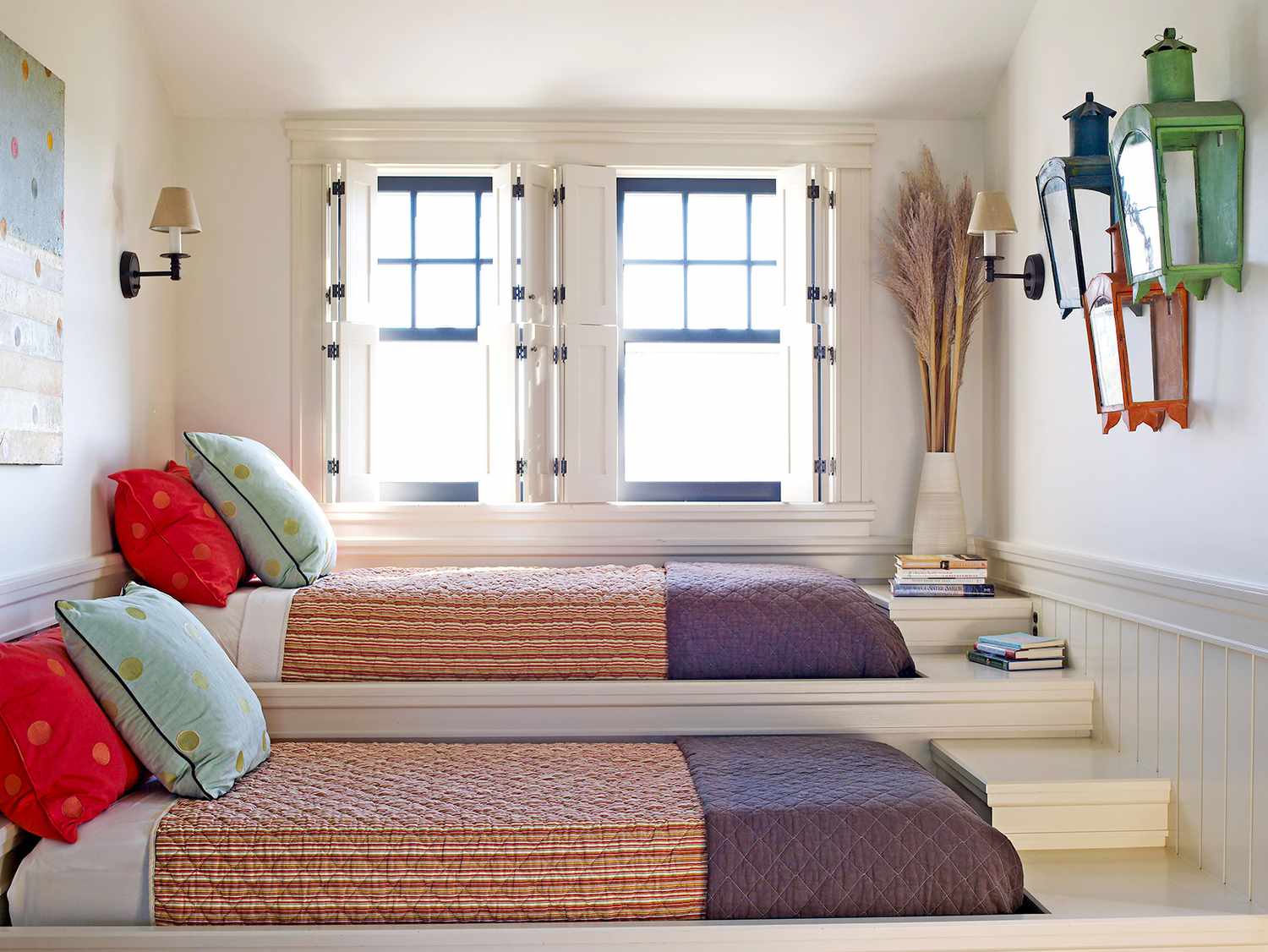

Interior Design
Beds For Small Rooms: How To Find The Perfect Bed For Your Small Space
Modified: January 9, 2024
Discover the best beds for small rooms to maximize your space. Our interior design experts will guide you in finding the perfect bed for your small space.
(Many of the links in this article redirect to a specific reviewed product. Your purchase of these products through affiliate links helps to generate commission for Storables.com, at no extra cost. Learn more)
Introduction
Welcome to the world of small spaces! Whether you’re living in a cozy urban apartment or have a bedroom with limited square footage, finding the perfect bed for your small room can be a challenge. However, it doesn’t mean you have to sacrifice style or comfort. With a little creativity and careful consideration, you can discover the ideal bed that maximizes your space while still providing a restful haven.
Small spaces come with their own unique set of challenges. Limited square footage means every inch counts, and it’s important to make the most of the available space. When it comes to choosing a bed for a small room, you need to consider not only the size of the bed but also its functionality and compatibility with your overall design aesthetic.
In this article, we will explore the factors you should consider when choosing a bed for small spaces. We will also discuss a variety of bed options specifically designed to optimize space in a small room. Additionally, we will provide some practical tips on how to maximize space in a small bedroom and make it feel more spacious and inviting.
So, if you’re ready to transform your small room into a stylish and functional retreat, let’s dive in and explore the world of beds for small spaces!
Key Takeaways:
- When choosing a bed for a small room, consider space-saving options like twin beds, loft beds, or Murphy beds. Incorporate multifunctional furniture and utilize vertical space to maximize storage and create a visually appealing room.
- To make the most of a small bedroom, prioritize functionality, organization, and efficient use of space. Implement tips such as minimizing clutter, choosing light colors, and utilizing under-bed storage to create a cozy and inviting space.
Understanding the Challenges of Small Spaces
Small spaces present some unique challenges when it comes to choosing furniture, including beds. It’s important to understand these challenges so that you can make informed decisions and find the best solutions for your small room.
One of the primary challenges of small spaces is the limited square footage. Having less space means you need to be more mindful of how you utilize every inch. It’s crucial to prioritize functionality and make smart choices that maximize storage and open up the room visually.
In addition to limited floor space, small rooms often have low ceilings or awkward angles that can further restrict your options. These architectural constraints require thoughtful planning to ensure that the bed fits seamlessly into the room without feeling cramped or overwhelming.
Another challenge is creating a sense of openness and flow in a small room. Clutter can quickly accumulate and make the space feel even smaller. Therefore, it’s essential to choose a bed that doesn’t overpower the room and allows for easy movement around the space.
Lastly, small rooms often lack natural light, making it important to choose a bed that doesn’t block windows or obstruct the flow of light. Natural light helps create an illusion of space and makes the room feel more inviting and cozy.
By understanding these challenges, you can approach the task of choosing a bed for your small room with a clear mindset and consider options that address these specific concerns.
Factors to Consider When Choosing a Bed for Small Rooms
When it comes to selecting a bed for a small room, there are several important factors to consider. By considering these factors, you can find a bed that not only fits within the limited space but also meets your personal preferences and needs.
- Size: Size matters, especially in small spaces. Measure the dimensions of your room to determine the maximum bed size that can comfortably fit. Consider opting for smaller bed sizes, such as twin or full, instead of larger options like queen or king. Remember, it’s important to leave enough room to move around the bed and open doors or drawers.
- Storage: Maximizing storage is crucial in small rooms. Look for beds with built-in storage options, such as drawers or shelves. These can provide valuable extra space to store clothes, bedding, or other items, eliminating the need for additional furniture like dressers or bedside tables.
- Height: The height of the bed can greatly impact the perceived size of the room. Opt for beds with lower profiles that create a sense of openness and spaciousness. Avoid bulky or high-arching headboards that can make the room feel cramped.
- Style and Aesthetic: Just because you have a small room doesn’t mean you have to compromise on style. Consider the overall aesthetic of your room and choose a bed that complements it. Look for clean lines, minimalist designs, or lighter colors that create an airy and open feel.
- Multipurpose Functionality: Small rooms often require multifunctional furniture. Look for beds that offer additional functionality, such as sofa beds or daybeds. These can be used as seating during the day and easily transformed into a comfortable bed at night.
- Flexibility: Flexibility is key in small spaces. Consider beds with adjustable features, such as foldable frames or adjustable height options. These allow you to customize the bed based on your needs and make the most of the available space.
- Easy Assembly and Disassembly: If you plan on moving or rearranging your furniture frequently, consider beds that are easy to assemble and disassemble. This will make the moving process much smoother and prevent any damage to the bed or the room.
By considering these factors, you can narrow down your options and find a bed that not only fits your small room but also enhances its functionality and aesthetic appeal.
Bed Options for Small Spaces
When it comes to choosing a bed for a small room, there are several innovative options available that can help you maximize space without compromising on comfort or style. Let’s explore some of the most popular bed options designed specifically for small spaces:
- Twin Beds: Twin beds are a classic choice for small rooms. They are compact and versatile, making them ideal for single sleepers or children’s rooms. You can also consider placing two twin beds side by side to create a seamless look while accommodating multiple sleepers.
- Loft Beds: Loft beds are a fantastic solution for small rooms, particularly those with high ceilings. These beds elevate the sleeping area, freeing up valuable floor space underneath. This space can be utilized as a study area, storage, or even as a cozy seating nook.
- Daybeds: Daybeds are a combination of a bed and a sofa, offering a dual-purpose solution for small rooms. During the day, they serve as a comfortable seating option, and at night, they can be easily transformed into a bed. Some daybeds also come with built-in storage, perfect for optimizing small spaces.
- Murphy Beds: Murphy beds, also known as wall beds, are ingenious space-saving solutions that can be folded up against the wall when not in use. This allows you to reclaim valuable floor space during the day, making the room feel more spacious and versatile.
- Futons: Futons are another versatile option for small rooms. They can function as a sofa during the day and convert into a bed at night. Futons come in various sizes, from single to queen, making them suitable for different room sizes.
- Bunk Beds: Bunk beds are an excellent choice for rooms that need to accommodate multiple sleepers, such as children’s rooms or guest rooms. They vertically stack two or more beds, saving valuable floor space and providing a fun and functional sleeping solution.
- Trundle Beds: Trundle beds are designed to save space without sacrificing the convenience of an extra bed. These beds feature a second bed tucked underneath the main bed, which can be pulled out when needed. Trundle beds are perfect for accommodating guests without taking up permanent space.
These bed options offer clever solutions for small spaces, providing comfort, functionality, and style while optimizing the use of limited square footage. Consider your specific needs and preferences to determine which bed option suits your small room best.
Twin Beds
Twin beds are a popular choice for small rooms due to their compact size and versatility. They are typically 38 inches wide and 75 inches long, making them an excellent option for single sleepers, children’s rooms, or guest rooms with limited space.
One of the primary benefits of twin beds is their ability to fit into tight corners or against walls, maximizing the available space in the room. You can place a single twin bed against the wall, allowing for easy access and creating an open flow in the room.
If you have a larger small room or want to accommodate multiple sleepers, you can consider placing two twin beds side by side. This arrangement creates a seamless look and provides separate sleeping areas for each individual, making it ideal for shared bedrooms or guest rooms.
Twin beds also offer the opportunity for creative storage solutions. Look for twin beds with built-in drawers or shelves underneath the bed frame. These storage compartments are perfect for stowing away extra bedding, clothes, or other belongings, eliminating the need for additional furniture and maximizing the use of space in the room.
In terms of style and design, twin beds come in a wide range of options to suit different aesthetics. Whether you prefer a minimalist look, a traditional design, or a modern and sleek style, you can find twin beds that complement your room’s overall aesthetic.
Another advantage of twin beds is their affordability. They are often more budget-friendly compared to larger bed sizes, making them an attractive option for those on a tight budget or looking to save some money.
When selecting a twin bed for your small room, make sure to measure the space carefully to ensure it fits comfortably. Consider the height of the bed as well, as low-profile options can create a sense of openness and make the room feel more spacious.
In summary, twin beds are a versatile and space-efficient option for small rooms. They provide flexibility, storage solutions, and the ability to accommodate multiple sleepers while maintaining a stylish and functional environment. Consider twin beds when choosing a bed for your small room to make the most of the available space.
Loft Beds
Loft beds are a fantastic option for small rooms, especially those with high ceilings. These beds are elevated, creating a platform for sleeping and freeing up valuable floor space underneath.
The main advantage of loft beds is their ability to maximize vertical space. By lifting the bed off the ground, you open up a world of possibilities for utilizing the area below. This space can be transformed into a study area, a cozy seating nook, or even additional storage shelves or drawers.
Loft beds come in a variety of designs and configurations to suit different needs. Some loft beds feature a built-in desk or workspace underneath, making them ideal for students or those who work from home. This combination of sleeping and working areas is especially valuable in small rooms where space is at a premium.
If you’re not in need of a desk, some loft beds offer open space under the bed where you can place a table, chair, or even a small sofa for relaxation. This creates a multi-functional area that can be used for various activities throughout the day.
Another advantage of loft beds is their versatility in design. You can find loft beds in a range of styles, from minimalist and modern to more elaborate and decorative designs. This allows you to choose a loft bed that complements your room’s aesthetic and adds a touch of personality to the space.
When considering a loft bed for your small room, it’s important to ensure that the ceiling height is sufficient to accommodate the bed’s height. Measure the dimensions of your space carefully to ensure that the loft bed fits comfortably without feeling cramped or obstructing movement within the room.
Additionally, safety is a key consideration when using loft beds, especially if you plan to use them for children or younger individuals. Make sure to choose a loft bed with sturdy construction, secure railings, and safety features to prevent accidents and provide peace of mind.
In summary, loft beds offer a practical and space-saving solution for small rooms with high ceilings. They provide the opportunity to optimize vertical space, create multi-functional areas, and add a unique design element to the room. Consider a loft bed when choosing a bed for your small room to maximize space and enhance functionality.
Daybeds
Daybeds are a versatile and space-saving option for small rooms. These unique beds serve a dual purpose, functioning as both a comfortable seating option during the day and a cozy bed for sleeping at night.
One of the primary advantages of daybeds is their versatility. During the day, they provide a comfortable spot for sitting, lounging, or even working. You can use them as a sofa-like seating area to relax or entertain guests. This is especially useful in small living rooms or studio apartments where space is limited, as it eliminates the need for separate seating and sleeping furniture.
When night falls, daybeds easily transform into a comfortable bed, offering a restful place to sleep. Simply remove the decorative cushions or pillows and add bedding to create a cozy sleeping space. This makes daybeds an ideal option for guest rooms in small homes or for accommodating overnight guests in small apartments.
Daybeds come in a variety of designs and styles, allowing you to choose the one that best suits your room’s aesthetic. Whether you prefer a modern and minimalist look or a more traditional and decorative design, you can find a daybed that complements your overall room decor.
In addition to their functionality, some daybeds also offer built-in storage options. Look for daybeds with drawers or shelves underneath the bed frame, providing valuable additional storage space for bedding, pillows, or other belongings. This can help keep your small room neat, organized, and free from clutter.
When choosing a daybed for your small room, consider the size and scale of the space. Opt for a daybed that fits comfortably within the room’s dimensions, taking into account both its length and width. Also, keep in mind the height of the daybed and ensure that it doesn’t obstruct windows or create any visual barriers that may make the room feel smaller.
Whether you’re looking for a practical seating solution or an extra bed for guests, daybeds provide a versatile and stylish option for small rooms. Their ability to function as both seating and sleeping furniture makes them an excellent choice for maximizing space without sacrificing comfort or aesthetic appeal.
Consider a platform bed with built-in storage to maximize space in a small room. This will provide extra storage for bedding, clothing, or other items, helping to keep the room organized and clutter-free.
Murphy Beds
Murphy beds, also known as wall beds, are ingenious space-saving solutions that can be folded up against the wall when not in use. These beds are hinged on one side and can be easily lifted and stored vertically, allowing you to reclaim valuable floor space in your small room.
One of the main advantages of Murphy beds is their ability to completely disappear when not in use. By folding the bed up against the wall, you can create a seamless, clutter-free look in your room, making it feel larger and more spacious.
Murphy beds are perfect for small rooms that serve multiple purposes. If you have a home office or a living room that also needs to function as a bedroom, a Murphy bed can be a game-changer. During the day, you can fold the bed up out of sight, and the room can be used for work, relaxation, or entertaining. When it’s time to sleep, simply bring the bed down, and you have a comfortable sleeping space.
Another advantage of Murphy beds is their versatility in design. You can find a wide variety of Murphy bed styles, ranging from simple and modern to more traditional and decorative designs. This allows you to choose a Murphy bed that complements your room’s aesthetic and seamlessly blends with your existing decor.
Many Murphy beds also come with additional features and storage options. Some designs include built-in shelves or cabinets, providing you with convenient storage space for bedding, books, or other items. This eliminates the need for additional furniture in the room and further maximizes the efficiency of your space.
When considering a Murphy bed for your small room, it’s important to ensure that the wall can support the weight of the bed and that there is enough clearance space for the bed to fold out without any obstructions. Professional installation may be required to ensure the bed is properly secured to the wall.
In summary, Murphy beds are a fantastic space-saving solution for small rooms. They offer the ability to reclaim valuable floor space, create multi-functional rooms, and provide a comfortable sleeping area when needed. Consider a Murphy bed when choosing a bed for your small room to optimize space and enhance the functionality of your living space.
Futons
Futons are versatile, compact, and practical bed options that are particularly well-suited for small rooms. These beds originated in Japan and have gained popularity worldwide for their ability to serve as both a sofa and a bed, making them a space-saving solution.
One of the main advantages of futons is their functionality. During the day, futons can be used as comfortable seating, providing a cozy and versatile spot for sitting, working, or relaxing. They can easily be converted into a bed when it’s time to sleep, making them ideal for small living rooms, home offices, or guest rooms where space is limited.
Futons come in various sizes, from single to queen, making them suitable for different room sizes and accommodating different sleepers. You can select a size that fits your room’s dimensions and choose from a wide range of designs and styles to match your room’s aesthetic.
In addition to their versatility, futons often have a minimalist design that complements a contemporary or modern aesthetic. They are typically lightweight, easy to move, and can be quickly folded up or unfolded as needed. This makes rearranging the room or accommodating guests a breeze.
Another advantage of futons is their affordability. They can be less expensive than traditional beds, making them an attractive option for those on a budget or looking for a cost-effective solution for their small room.
When selecting a futon for your small room, consider the thickness and quality of the mattress. A thicker mattress will provide more comfort for sleeping, while a thinner mattress may work well for occasional use or if you prefer a firmer sleeping surface. It’s also important to choose a durable and well-made futon frame to ensure longevity and stability.
Futons offer a practical and space-saving solution for small rooms. Their ability to function as both seating and sleeping furniture makes them an ideal choice for those looking to optimize space and have a versatile option for seating and accommodating overnight guests. Consider a futon when choosing a bed for your small room to make the most of your limited space.
Read more: Make Your Patio A Perfect Retreat
Bunk Beds
Bunk beds are a classic and practical choice for small rooms, particularly for shared bedrooms or spaces that need to accommodate multiple sleepers. These beds are designed with one bed frame stacked on top of another, making efficient use of vertical space.
One of the primary advantages of bunk beds is their ability to maximize floor space. By vertically stacking the beds, you free up valuable floor area that would otherwise be occupied by two separate beds. This is especially beneficial in small rooms where every square inch counts.
Bunk beds are particularly popular in children’s rooms, as they offer a fun and playful sleeping arrangement. Kids love the idea of climbing up to their own bed on the top bunk, and it creates a unique and exciting atmosphere for them. Additionally, bunk beds are an excellent solution for sleepovers or hosting guests in a small room.
Aside from their space-saving benefits, bunk beds also provide additional storage options. Many bunk beds come with built-in drawers or shelving units that can be used to store clothing, toys, or other items. This helps keep the room organized and eliminates the need for extra storage furniture, ultimately maximizing the available space.
When considering a bunk bed for your small room, it’s essential to choose a sturdy and well-built option. Safety is paramount, especially for children using the top bunk. Look for bunk beds with secure guardrails on the top bunk, sturdy ladders or stairs for easy access, and a stable frame that can support the weight of both sleepers.
Moreover, keep in mind the ceiling height of your room as bunk beds can be taller than other bed options. Measure the space carefully, ensuring that there is sufficient vertical clearance to accommodate the bunk bed comfortably.
Bunk beds come in various designs, ranging from simple and straightforward models to more elaborate and decorative styles. Choose a bunk bed that matches your room’s aesthetic, whether you prefer a modern, rustic, or traditional look.
In summary, bunk beds are a practical and space-saving choice for small rooms, especially those shared by multiple occupants. They offer an efficient use of vertical space, provide an element of fun and excitement, and often come with built-in storage options. Consider a bunk bed when choosing a bed for your small room to maximize floor space and create a functional and inviting sleeping arrangement.
Trundle Beds
Trundle beds are a clever and practical solution for small rooms that need to accommodate overnight guests without taking up permanent space. These beds consist of a main bed frame with a second bed frame tucked underneath. The second bed, known as the trundle bed, can be easily pulled out and raised to the same height as the main bed.
One of the main advantages of trundle beds is their ability to save space without compromising on comfort. During the day, the trundle bed can be hidden away beneath the main bed, providing plenty of open floor space for other activities. When guests arrive or additional sleeping space is needed, the trundle bed can be pulled out and set up within seconds.
Trundle beds are particularly beneficial for small rooms that serve multiple purposes. They are ideal for children’s rooms, guest rooms, or even home offices, providing a versatile sleeping solution without permanently taking up valuable space.
In addition to their space-saving benefits, trundle beds often come with built-in storage options. Some models have drawers or compartments within the trundle bed frame, offering additional space to store extra bedding, pillows, or other items. This helps keep the room organized and reduces the need for additional storage furniture.
When selecting a trundle bed for your small room, consider the dimensions and height of the beds. Measure your room carefully to ensure that there is enough space for both the main bed and the trundle bed when fully extended. Also, make sure the trundle bed is comfortable and sturdy, with proper support and mattress thickness for a good night’s sleep.
Trundle beds come in a variety of designs, including traditional, modern, and more decorative styles. Choose a trundle bed that complements your room’s aesthetic and adds to its overall decor.
Overall, trundle beds provide a space-saving and convenient sleeping solution for small rooms. They allow you to accommodate guests or provide an extra bed when needed while keeping the room open and functional during the day. Consider a trundle bed when choosing a bed for your small room to maximize space without compromising on comfort or versatility.
Tips for Maximizing Space in Small Bedrooms
When you have a small bedroom, every square inch counts. Here are some tips to help you maximize the space and create a functional and visually appealing room:
- Choose the right bed: Opt for a bed that fits the size of your room. Consider space-saving options such as twin beds, loft beds, or murphy beds that can be folded up when not in use.
- Utilize vertical space: Make use of wall-mounted shelves, floating shelves, or built-in storage units to maximize vertical space for storing books, decor, and personal items.
- Maximize closet space: Install shelving units, hanging organizers, or wardrobe systems inside your closet to maximize storage capacity and keep clothes and accessories organized.
- Use multifunctional furniture: Look for furniture pieces that serve multiple purposes, such as ottomans with storage, bedside tables with drawers, or desks that double as vanity tables.
- Optimize under-bed storage: If your bed allows, use under-bed storage boxes or low-profile bins to store items like extra bedding, seasonal clothing, or shoes.
- Minimize clutter: Keep surfaces clean and clutter-free to create a sense of openness. Use baskets or decorative boxes for storage, and regularly declutter and organize your belongings.
- Choose light colors: Light-colored walls, bedding, and furniture can make a small bedroom feel more spacious. Opt for neutral tones or pastel shades to create an airy and open ambiance.
- Utilize mirrors: Hang mirrors strategically to reflect light and create an illusion of a larger space. Mirrors can also add visual interest and make the room feel brighter.
- Install proper lighting: Use a combination of ambient, task, and accent lighting to create a well-lit space. Good lighting can make a small room feel more inviting and open.
- Create a cohesive design: Choose a cohesive color scheme, design style, and theme to create visual harmony in the room. A well-planned design can make a small bedroom feel more put together and spacious.
Remember, the key to maximizing space in a small bedroom is to prioritize functionality, organization, and efficient use of every available inch. With careful planning and smart storage solutions, you can create a comfortable and stylish small bedroom that feels larger than it actually is.
Conclusion
Designing a small room doesn’t mean you have to sacrifice comfort, style, or functionality. By carefully selecting the right bed and implementing space-saving strategies, you can transform a small bedroom into a cozy and inviting space.
Consider the unique challenges that small rooms present, such as limited square footage, low ceilings, and the need for creating a sense of openness. Take into account factors like bed size, storage options, height, style, and flexibility when choosing a bed that suits your space and personal preferences.
Twin beds are compact and versatile, while loft beds make efficient use of vertical space. Daybeds offer seating during the day and transform into a bed at night, while Murphy beds can be folded away against the wall when not in use. Futons serve as both seating and sleeping furniture, while bunk beds are perfect for shared or guest rooms. Trundle beds provide a convenient extra bed that can be tucked away when not needed.
To make the most of your small bedroom, implement tips for maximizing space, such as utilizing vertical space, incorporating multifunctional furniture, optimizing storage, minimizing clutter, and choosing light colors and appropriate lighting.
Remember, the ultimate goal is to create a functional and aesthetically pleasing room where you can relax, unwind, and get a good night’s sleep. With careful consideration and thoughtful design choices, you can transform your small room into a cozy retreat that maximizes space and meets your needs.
So, embrace the challenges of small spaces and let your creativity reign. With the right bed choice, space-saving strategies, and a touch of personal style, your small room can become a beautiful and functional oasis that you’ll love spending time in.
Frequently Asked Questions about Beds For Small Rooms: How To Find The Perfect Bed For Your Small Space
Was this page helpful?
At Storables.com, we guarantee accurate and reliable information. Our content, validated by Expert Board Contributors, is crafted following stringent Editorial Policies. We're committed to providing you with well-researched, expert-backed insights for all your informational needs.
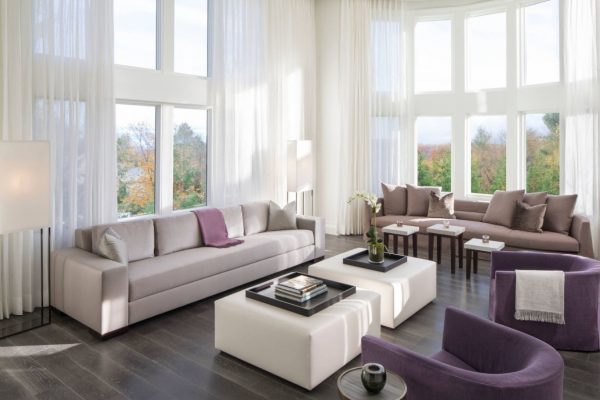

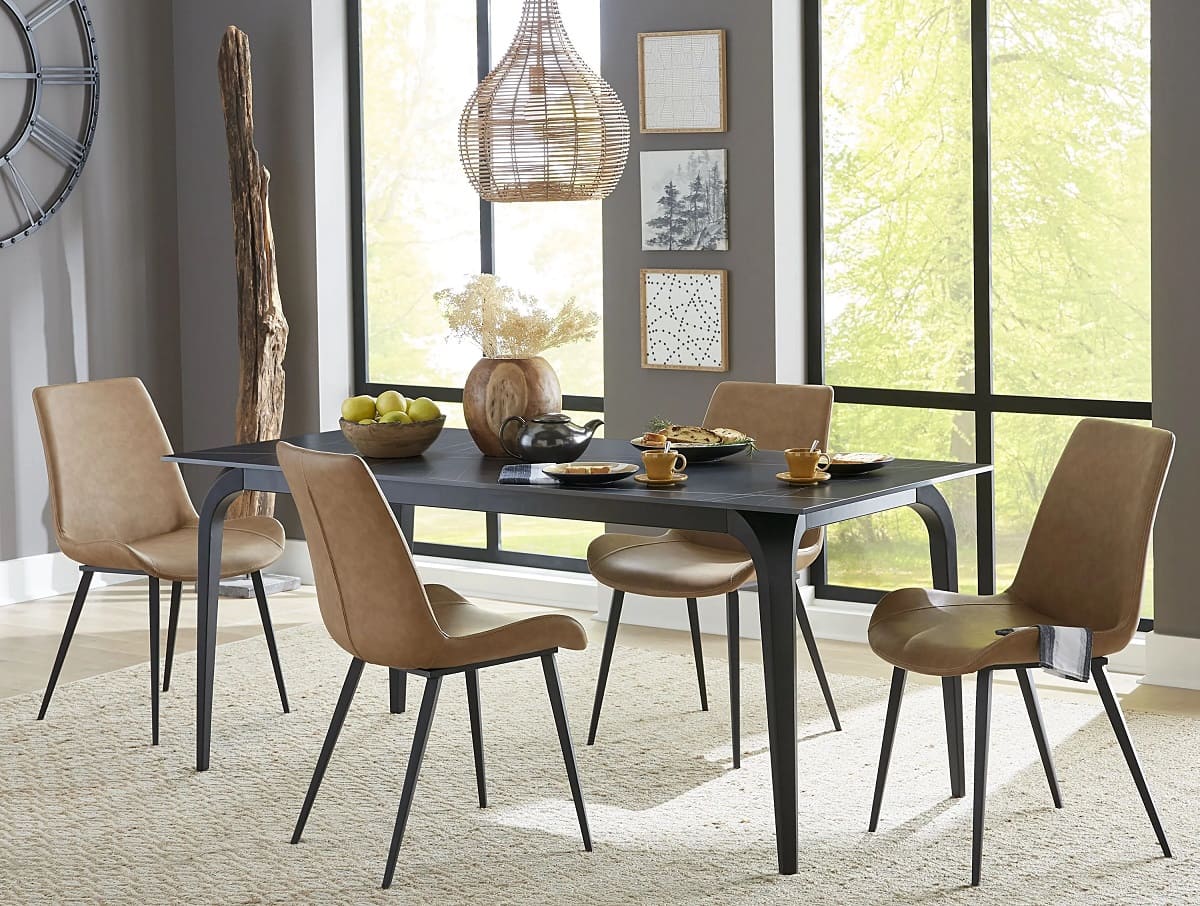
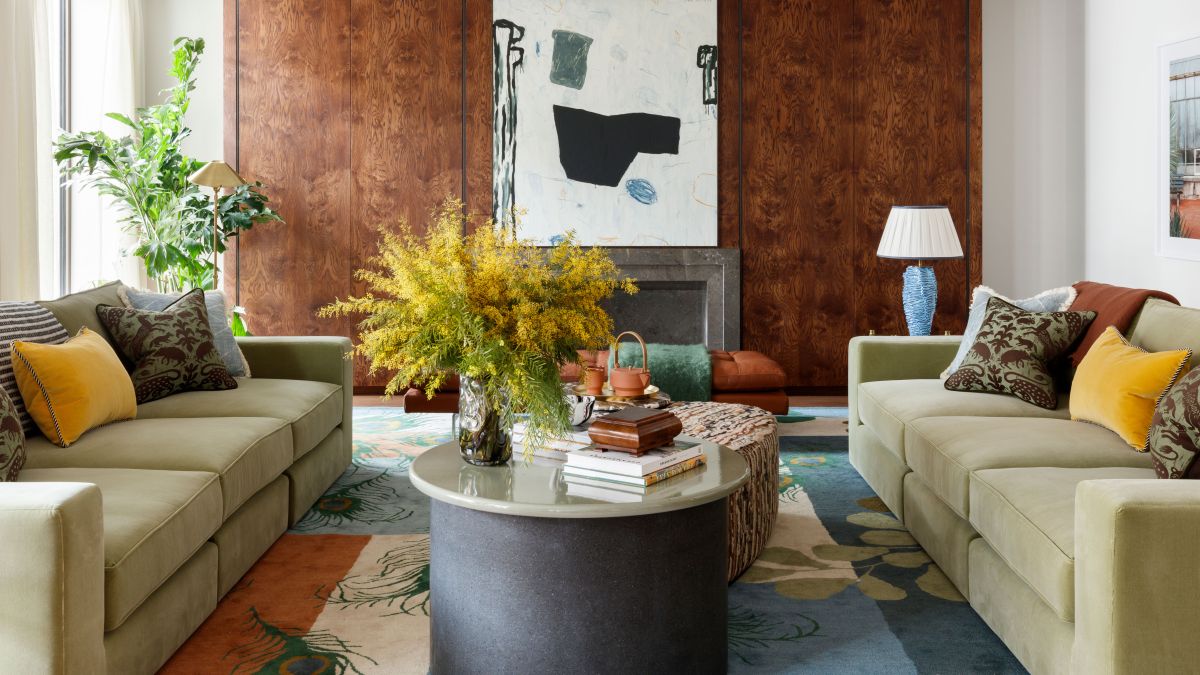
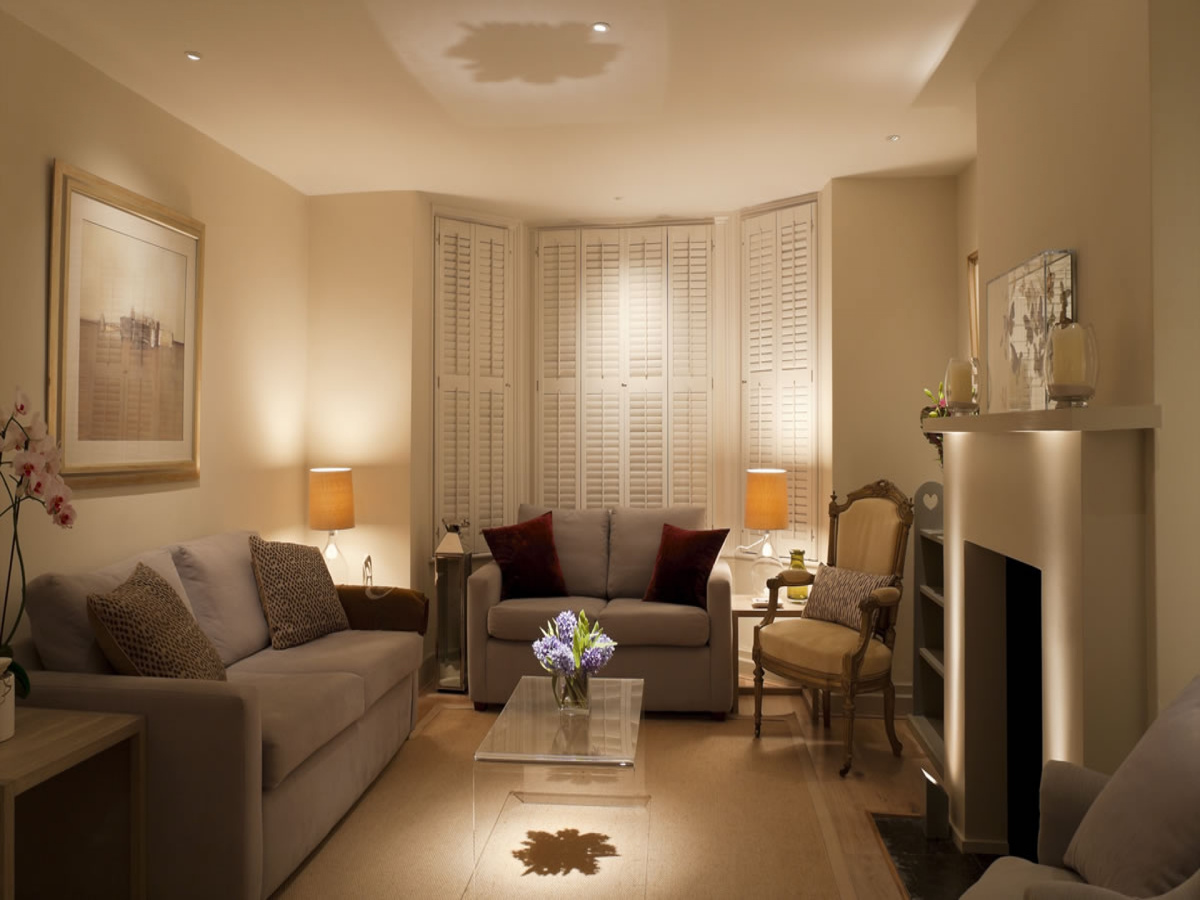
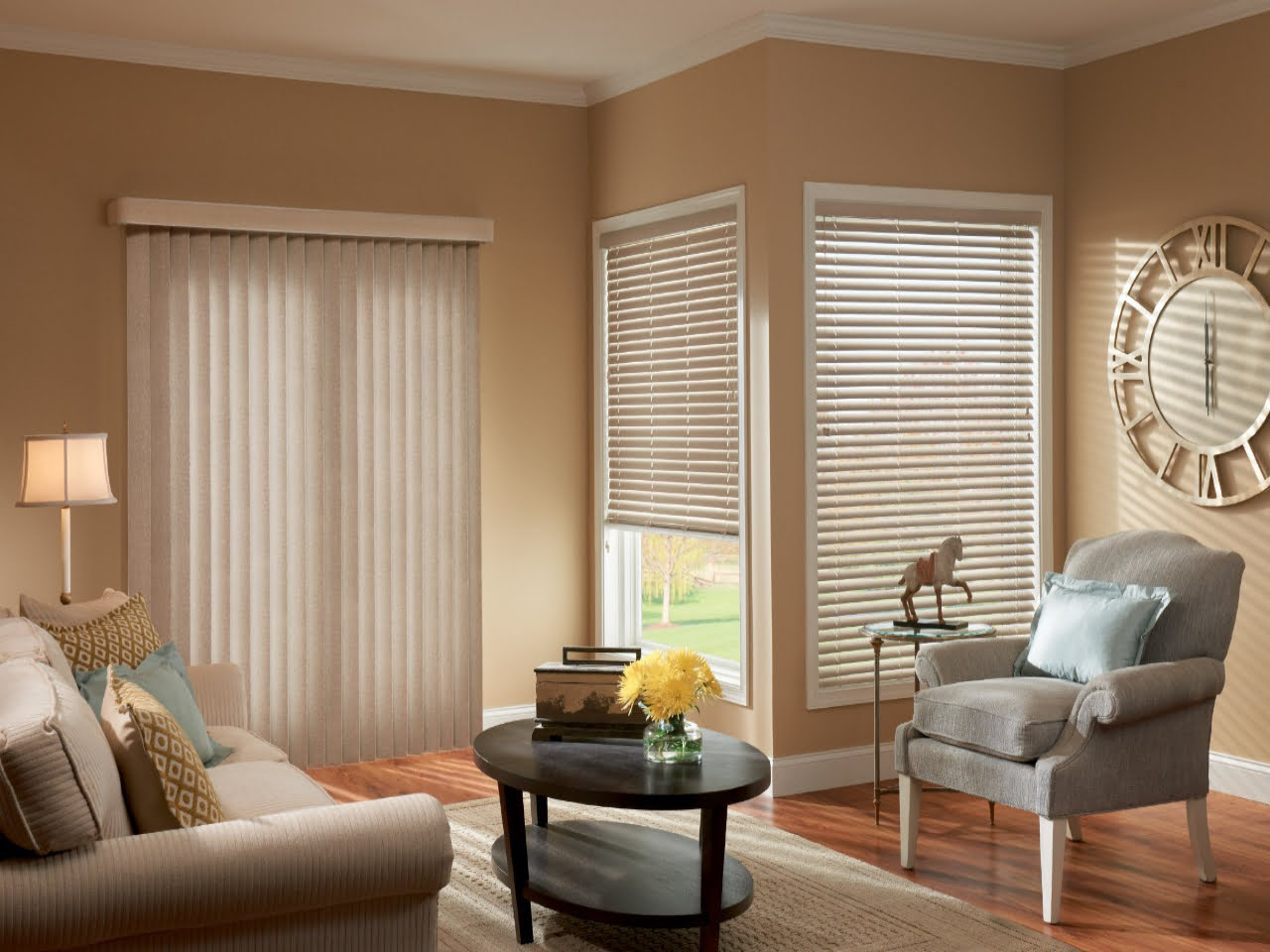

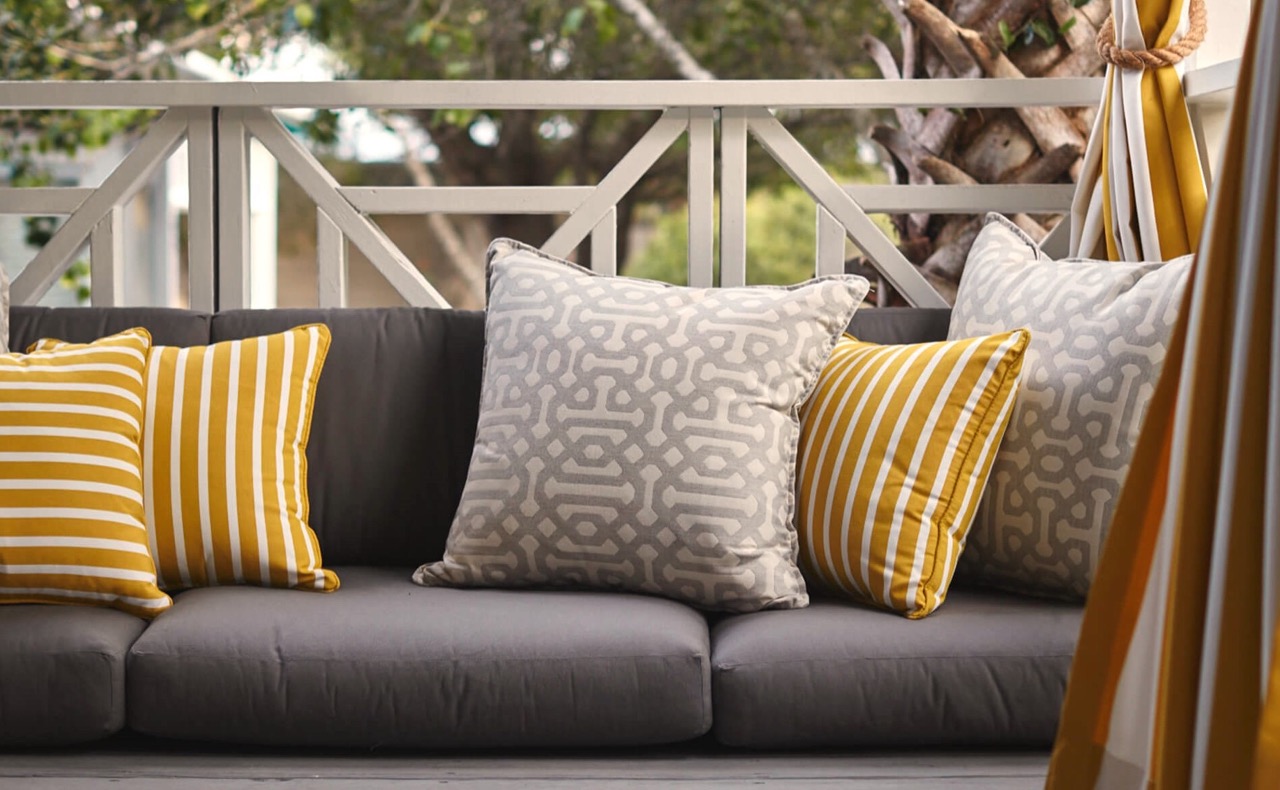
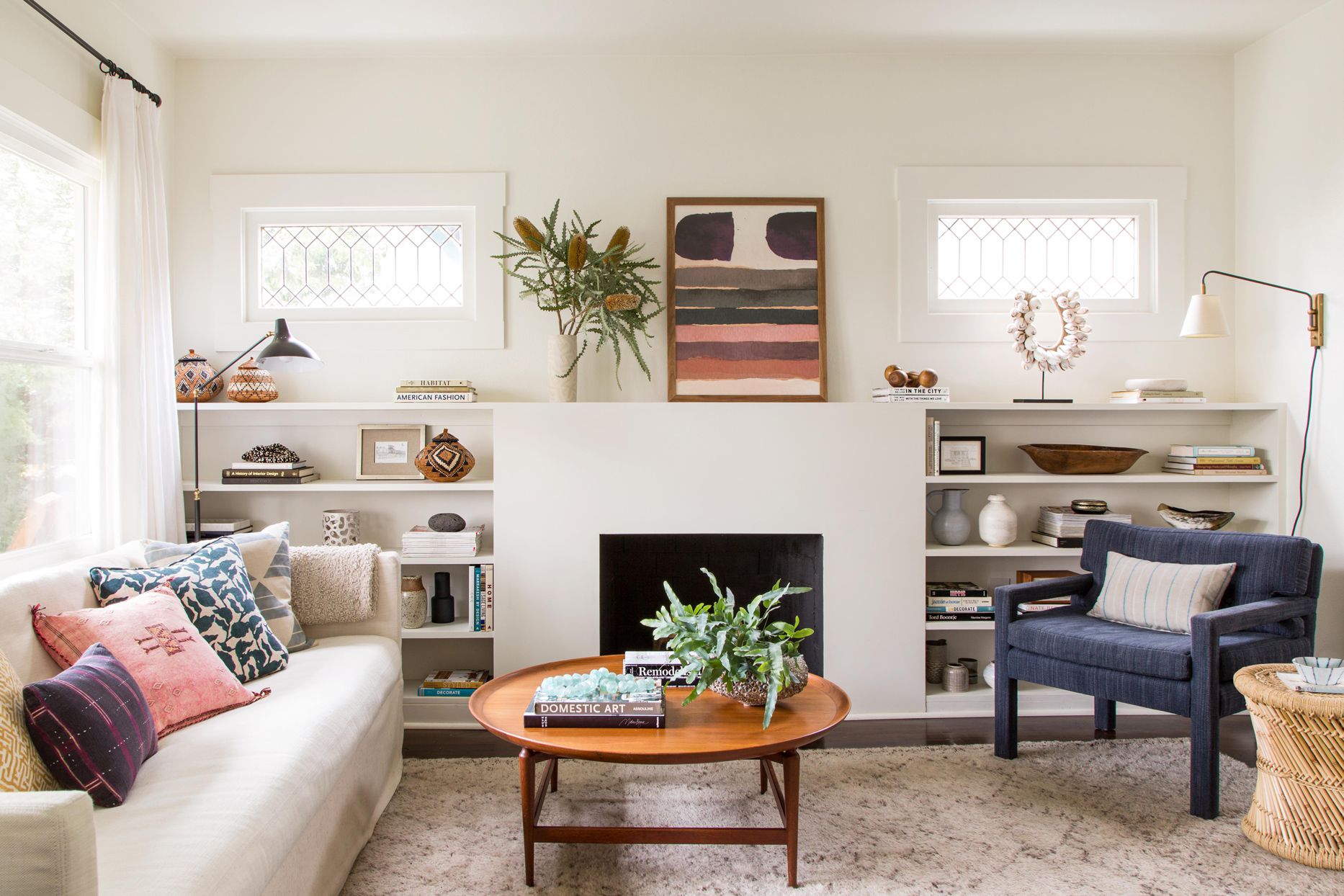
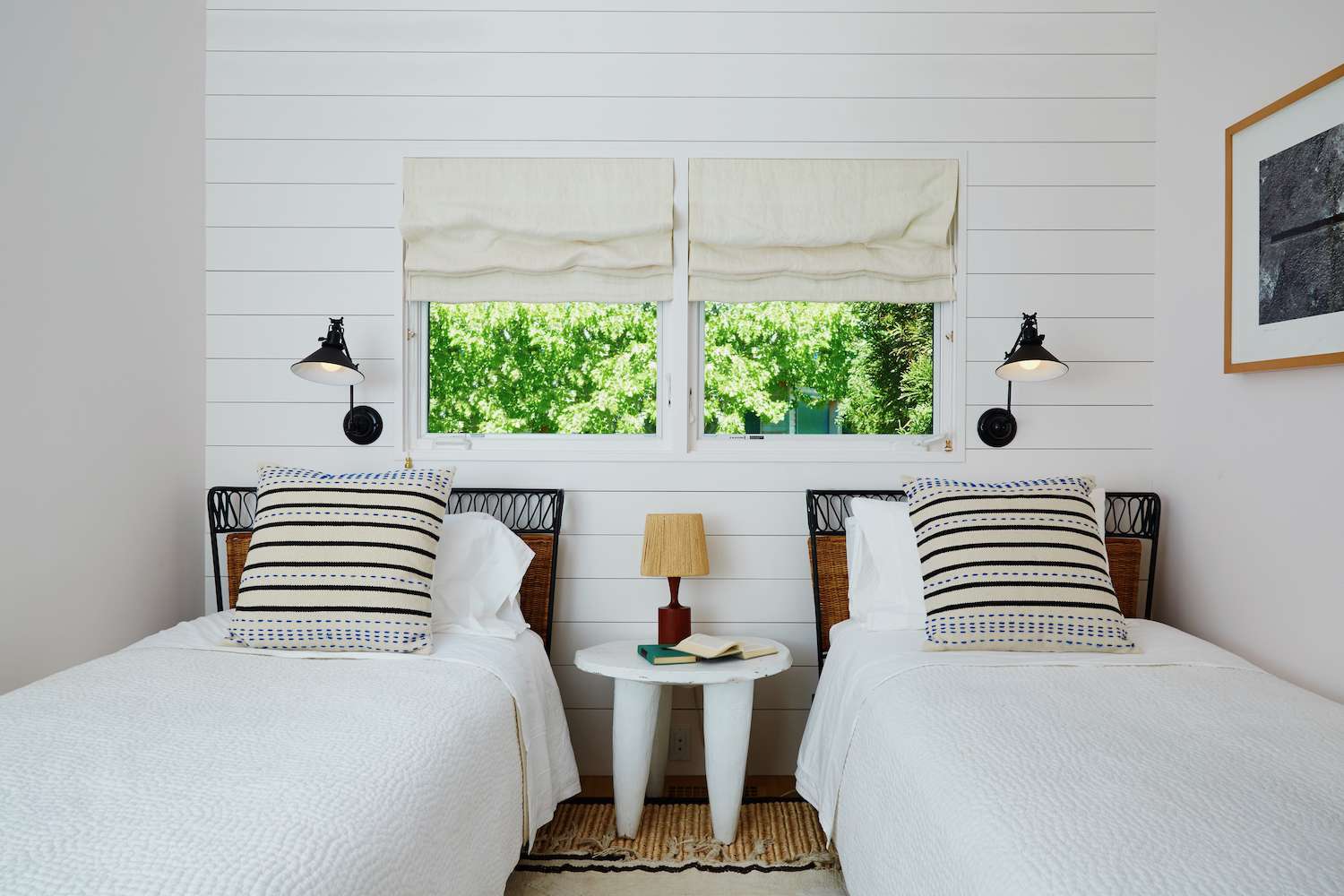
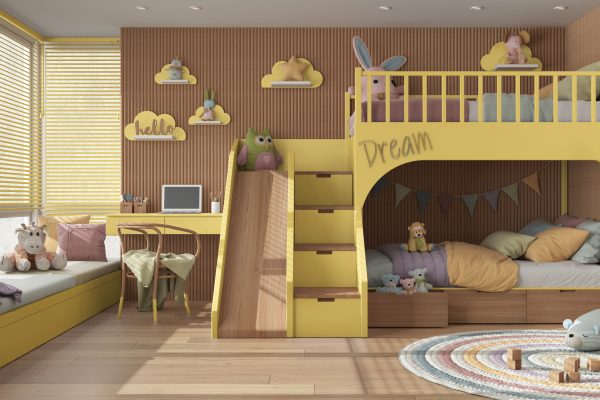
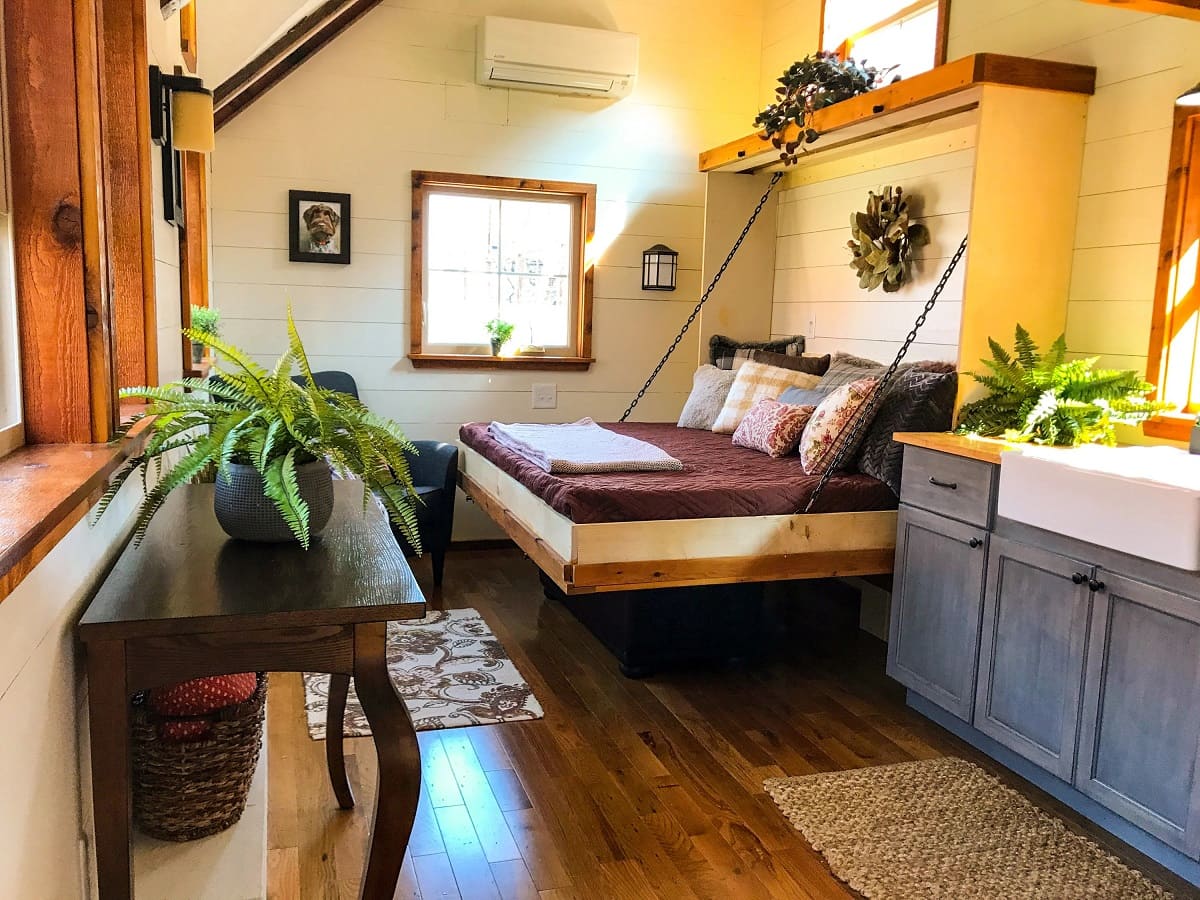
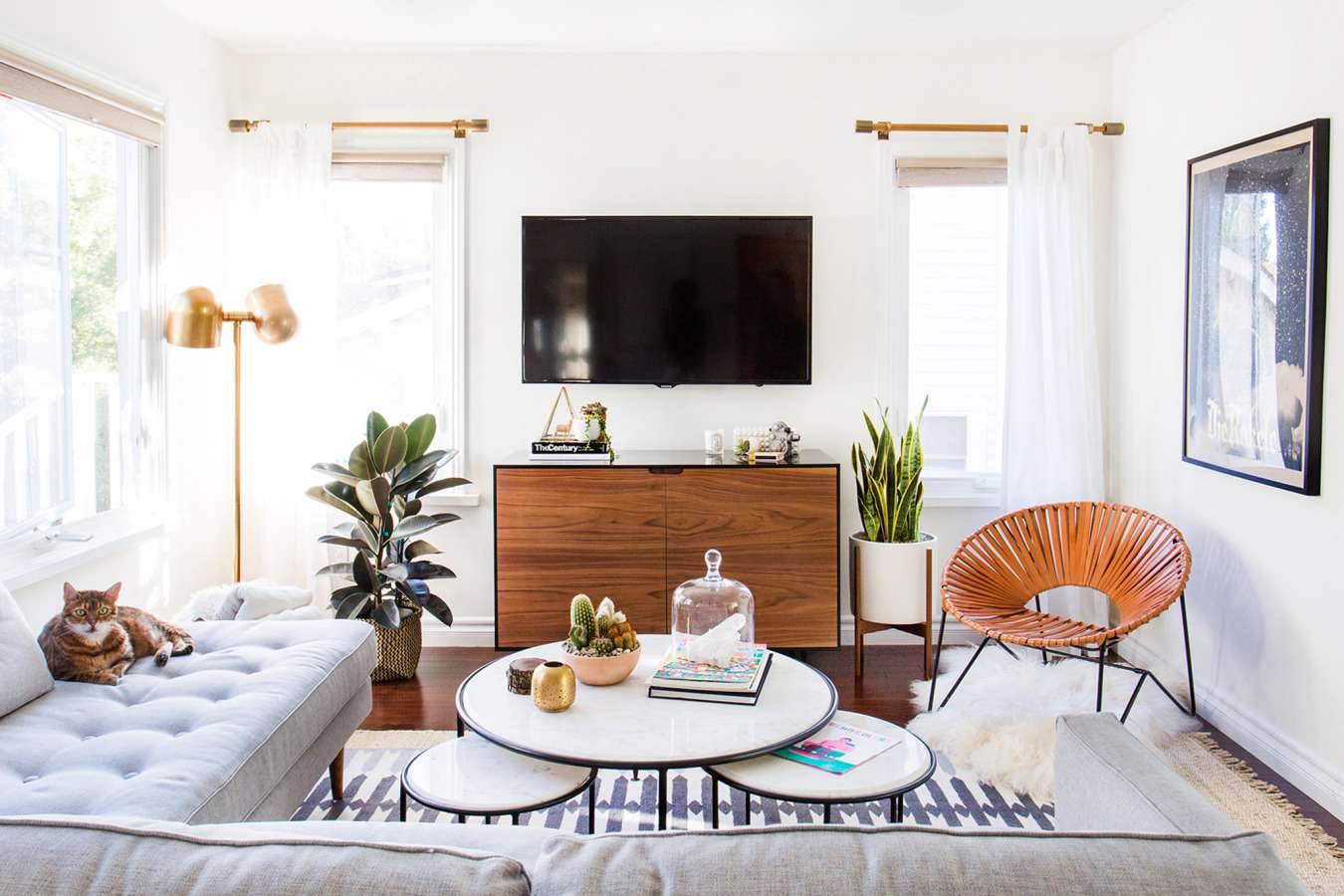

0 thoughts on “Beds For Small Rooms: How To Find The Perfect Bed For Your Small Space”